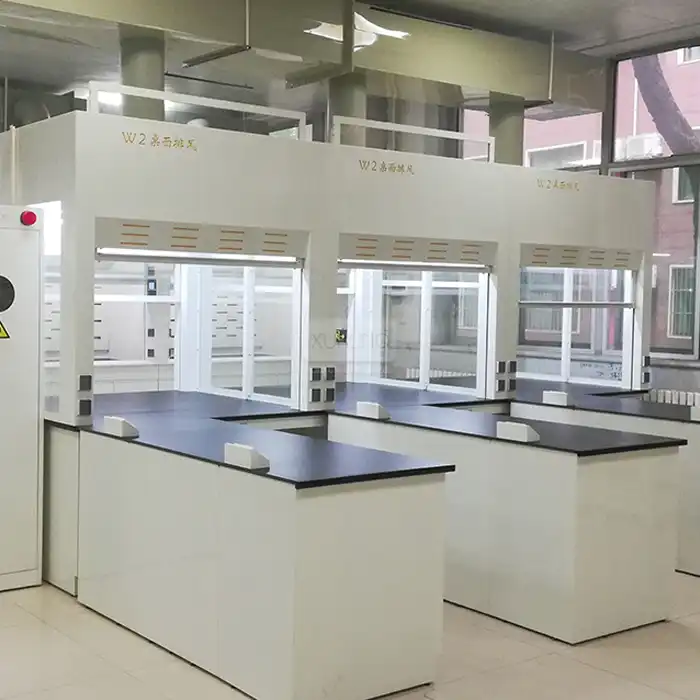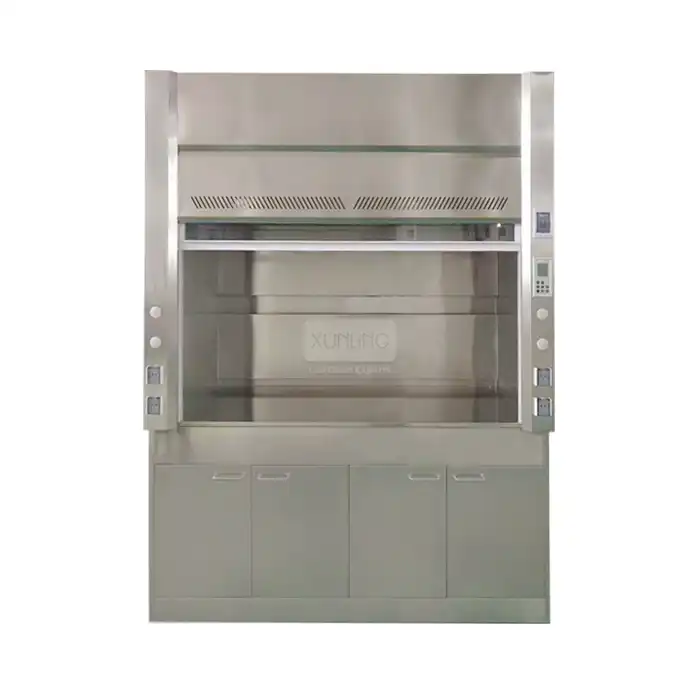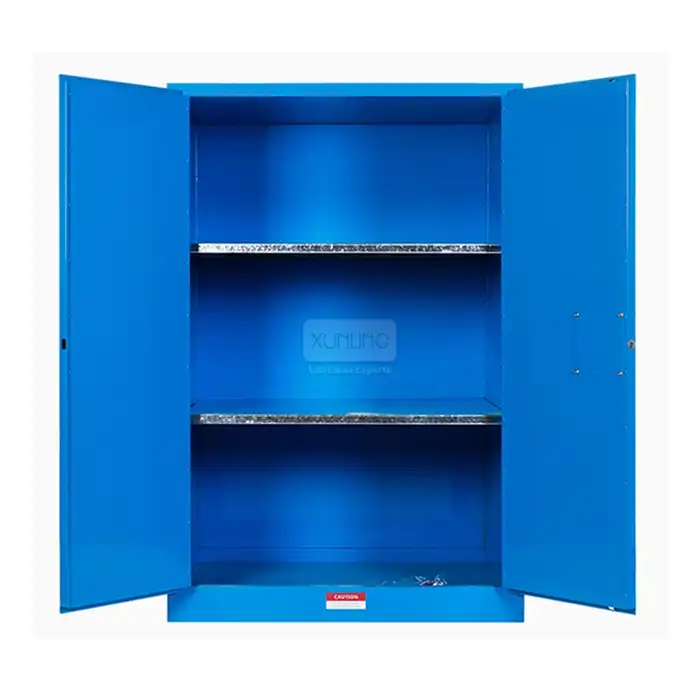
Why Choose a Recirculating Fume Hood for Modern Labs?
2025-08-04 17:02:54
Modern laboratories face increasing challenges in maintaining safety standards while optimizing operational efficiency. The selection of appropriate ventilation equipment has become crucial for protecting personnel health and ensuring compliance with stringent safety regulations. Among the various ventilation solutions available, the Recirculating Fume Hood stands out as an innovative technology that addresses multiple laboratory requirements simultaneously. This advanced laboratory ventilation equipment captures harmful gases, vapors, and particles generated during experiments, processes them through sophisticated filtration systems, and returns purified air back into the laboratory environment. Unlike traditional exhaust systems that expel contaminated air outdoors, the Recirculating Fume Hood offers a sustainable, energy-efficient solution that maintains indoor air quality while reducing environmental impact and operational costs for modern research facilities.
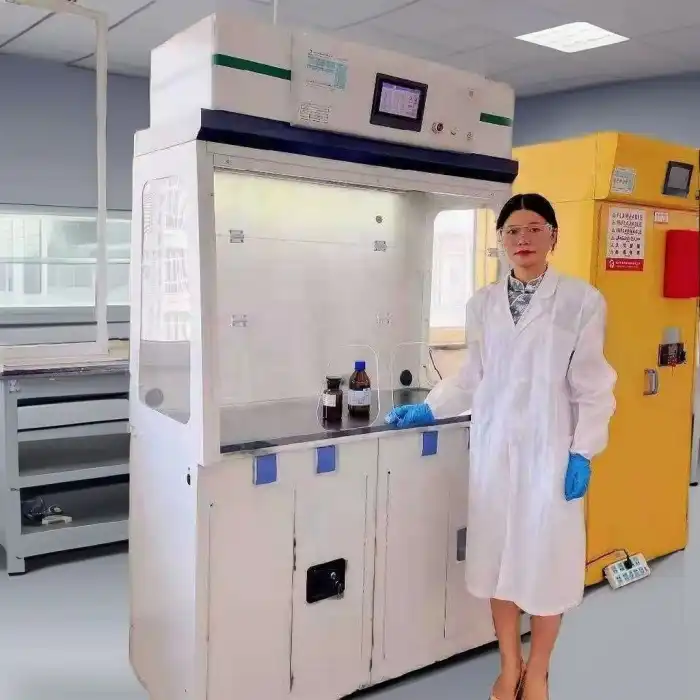
Enhanced Safety Features and Protection Mechanisms
Advanced Multi-Stage Filtration Technology
The cornerstone of any effective Recirculating Fume Hood lies in its sophisticated filtration system, which employs multiple stages of purification to ensure maximum contaminant removal. Xi'an Xunling's recirculating fume hoods utilize a comprehensive three-stage filtration approach consisting of pre-filters, HEPA filters, and activated carbon filters working in seamless coordination. The pre-filters serve as the first line of defense, capturing larger particles and extending the lifespan of downstream filtration components. The HEPA filtration stage achieves remarkable efficiency, removing 99.99% of particles as small as 0.3 micrometers, including fine dust, biological contaminants, and microscopic debris that could pose health risks to laboratory personnel. The activated carbon filters complete the purification process by adsorbing volatile organic compounds, chemical vapors, and odorous substances that might otherwise escape into the laboratory environment. This multi-tiered approach ensures that the Recirculating Fume Hood maintains consistently high air quality standards while protecting researchers from exposure to hazardous substances during critical experimental procedures.
Real-Time Monitoring and Safety Alert Systems
Contemporary Recirculating Fume Hood designs incorporate sophisticated monitoring technologies that continuously assess operational parameters and environmental conditions to maintain optimal safety levels. Xi'an Xunling's models feature integrated monitoring systems that track temperature, humidity, air quality metrics, and filter status in real-time, providing laboratory personnel with immediate feedback on equipment performance. These monitoring capabilities enable proactive maintenance scheduling and prevent potential safety compromises before they occur. The intelligent alarm systems alert users to any deviations from normal operating parameters, including filter saturation, airflow irregularities, or environmental condition changes that might affect containment effectiveness. The face velocity control system maintains optimal airflow rates between 0.3-0.7 m/s, adjustable according to specific laboratory requirements and experimental protocols. This precise control ensures that the Recirculating Fume Hood provides consistent containment performance while adapting to varying operational demands throughout different research phases and experimental procedures.
Chemical Compatibility and Containment Efficiency
The versatility of modern Recirculating Fume Hood systems extends to their ability to handle diverse chemical compounds and hazardous substances commonly encountered in laboratory environments. Xi'an Xunling's recirculating fume hoods demonstrate exceptional capability in filtering and containing various chemical categories, including acid fumes, alkali vapors, organic solvent emissions, ammonia, formaldehyde, fine powders, and micron-sized particulates. This broad chemical compatibility makes the Recirculating Fume Hood suitable for multidisciplinary research facilities where different departments may work with varying types of hazardous materials. The containment efficiency is further enhanced by the hood's design features, which create optimal airflow patterns that effectively capture contaminants at their source before they can disperse into the laboratory atmosphere. The internal dimensions of available models range from compact 781×574×934mm configurations to larger 1581×744×934mm spaces, accommodating different experimental setups and equipment requirements while maintaining consistent containment performance across all size variations.
Cost-Effectiveness and Energy Efficiency Advantages
Reduced Operational Costs and Energy Consumption
The implementation of Recirculating Fume Hood technology provides significant economic advantages over traditional exhaust-based ventilation systems, particularly in terms of ongoing operational expenses and energy consumption patterns. Unlike conventional fume hoods that continuously expel conditioned laboratory air to the exterior, requiring constant replacement with heated or cooled outside air, the Recirculating Fume Hood recycles purified air back into the laboratory environment. This closed-loop operation dramatically reduces HVAC system workload, resulting in substantial energy savings throughout the year. The low power consumption design, typically requiring only 150W of electrical power, further contributes to reduced operational costs while maintaining high-performance standards. Laboratory facilities can expect significant reductions in utility bills, particularly in regions with extreme climatic conditions where maintaining indoor temperature and humidity requires substantial energy input. The Recirculating Fume Hood essentially eliminates the need for make-up air systems, reducing both capital equipment requirements and ongoing maintenance costs associated with complex ductwork installations and external exhaust systems.
Minimal Infrastructure Requirements and Installation Flexibility
The deployment of Recirculating Fume Hood systems offers remarkable flexibility in laboratory design and renovation projects, as these units require minimal infrastructure modifications compared to traditional ducted exhaust systems. This characteristic makes the Recirculating Fume Hood particularly attractive for existing facilities where installing extensive ductwork would be prohibitively expensive or structurally challenging. The self-contained design eliminates the need for external venting, roof penetrations, or complex exhaust fan installations, significantly reducing construction costs and project timelines. Laboratory planners can position these units in optimal locations based on workflow requirements rather than being constrained by ductwork routing considerations. The availability of both benchtop and floor-standing configurations with base cupboards provides additional flexibility in space utilization and storage integration. Models ranging from 800mm to 1600mm widths accommodate various laboratory layouts and experimental requirements, while the standardized external dimensions facilitate easy integration into existing laboratory furniture systems and modular designs.
Long-Term Value and Maintenance Efficiency
The Recirculating Fume Hood represents a sound long-term investment for laboratory facilities, offering exceptional value through reduced maintenance requirements and extended operational lifespan. The modular filter design allows for easy replacement and maintenance procedures, minimizing downtime and reducing service costs compared to complex ducted systems. Xi'an Xunling's commitment to quality construction using high-grade materials ensures long-term durability and reliable performance under demanding laboratory conditions. The quiet operation at ≤52 dB noise levels contributes to a more comfortable working environment while reducing noise-related stress and fatigue among laboratory personnel. The comprehensive warranty coverage and dedicated technical support services provide additional value assurance for institutional buyers. Regular filter replacement represents the primary maintenance requirement, and the monitoring systems provide clear indicators of filter status to optimize replacement timing and prevent unnecessary costs. The Recirculating Fume Hood design philosophy emphasizes user-friendly maintenance procedures that laboratory personnel can perform without requiring specialized technical expertise or extensive training programs.
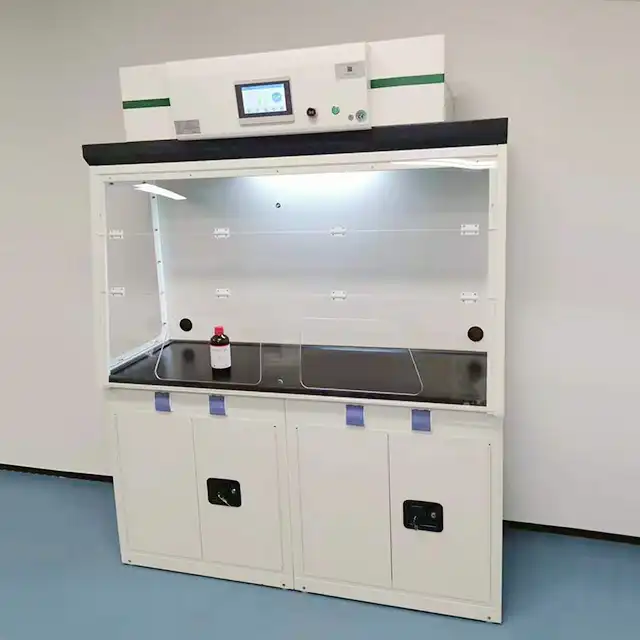
Versatile Applications Across Laboratory Disciplines
Chemical Research and Analytical Applications
The Recirculating Fume Hood proves invaluable in chemical research environments where researchers regularly handle volatile solvents, corrosive acids, and reactive compounds that generate hazardous vapors and fumes. The sophisticated filtration system effectively captures and neutralizes a wide range of chemical emissions, from simple organic solvents to complex reaction byproducts that might pose inhalation hazards. In analytical chemistry laboratories, the Recirculating Fume Hood provides essential containment during sample preparation procedures, where grinding, mixing, and dissolution operations can generate fine particulates and volatile compounds. The precise airflow control ensures that delicate analytical balances and sensitive instruments remain unaffected by air currents while maintaining adequate containment of potentially hazardous materials. Synthesis laboratories benefit from the consistent environmental conditions maintained by the Recirculating Fume Hood, as temperature and humidity fluctuations are minimized compared to systems that introduce variable outside air conditions. The chemical compatibility extends to specialized applications involving organometallic compounds, pharmaceutical intermediates, and research-grade reagents that require careful handling and containment protocols.
Biological and Pharmaceutical Research Environments
Biological research laboratories require specialized containment solutions that address both chemical and biological hazards while maintaining sterile working conditions essential for accurate experimental results. The Recirculating Fume Hood incorporates HEPA filtration technology that effectively removes biological contaminants, including bacteria, viruses, and fungal spores that might compromise experimental integrity or pose health risks to researchers. In cell culture applications, the controlled environment provided by the Recirculating Fume Hood helps maintain consistent conditions that are crucial for reproducible results. Pharmaceutical research facilities benefit from the system's ability to contain both active pharmaceutical ingredients and manufacturing byproducts while preventing cross-contamination between different research projects. The multi-stage filtration approach ensures that trace amounts of potent compounds are effectively removed from the air stream before recirculation. Microbiological laboratories utilize the Recirculating Fume Hood for procedures involving pathogenic organisms, where both biological containment and chemical vapor control are essential for researcher safety and experimental success.
Environmental and Quality Control Testing
Environmental testing laboratories face unique challenges in managing diverse sample types and analytical procedures that can generate various airborne contaminants requiring specialized containment approaches. The Recirculating Fume Hood addresses these requirements through its comprehensive filtration capabilities and flexible operational parameters that accommodate different testing protocols. Soil and water sample preparation often involves chemical extraction procedures that generate solvent vapors and particulates requiring effective containment and removal. Air quality monitoring laboratories benefit from the consistent environmental conditions maintained by the Recirculating Fume Hood, ensuring that analytical instruments operate within specified parameters for accurate measurements. Quality control laboratories in manufacturing environments utilize these systems for testing procedures that involve hazardous chemicals or generate airborne contaminants that must be contained to prevent interference with adjacent operations. The Recirculating Fume Hood provides reliable containment for routine testing procedures while maintaining the flexibility to handle occasional specialized analyses that might require different operational parameters or containment strategies.
Conclusion
The Recirculating Fume Hood represents a paradigm shift in laboratory ventilation technology, offering modern research facilities an optimal balance of safety, efficiency, and sustainability. Through advanced multi-stage filtration systems, intelligent monitoring capabilities, and energy-efficient operation, these systems address the evolving needs of contemporary laboratories while providing significant cost advantages over traditional exhaust systems. The versatility across multiple disciplines, from chemical research to pharmaceutical development, demonstrates the universal applicability of this innovative technology. Xi'an Xunling Electronic Technology Co., Ltd.'s commitment to quality manufacturing and comprehensive support services ensures that laboratory facilities receive reliable, high-performance equipment that meets international safety standards and regulatory requirements.
Ready to revolutionize your laboratory's ventilation system with cutting-edge Recirculating Fume Hood technology? As a leading China Recirculating Fume Hood factory and trusted China Recirculating Fume Hood supplier, Xi'an Xunling Electronic Technology Co., Ltd. stands at the forefront of laboratory safety innovation. Our position as a premier China Recirculating Fume Hood manufacturer enables us to offer comprehensive solutions with 5-day delivery, 5-year warranty coverage, custom-made configurations, and complete one-stop service. Whether you're seeking China Recirculating Fume Hood wholesale opportunities or individual Recirculating Fume Hood for sale options, we provide competitive Recirculating Fume Hood price points that deliver exceptional value. Our cost-effective solutions, reliability-focused designs, user-friendly features, and comprehensive after-sales support ensure your laboratory operates at peak safety and efficiency. Contact our expert team today at xalabfurniture@163.com to discover how our advanced recirculating fume hood systems can transform your laboratory environment while reducing operational costs and environmental impact.
References
1. Johnson, M.R., Thompson, K.L., and Williams, P.A. (2023). "Advanced Filtration Technologies in Modern Laboratory Ventilation Systems: A Comprehensive Analysis of Recirculating Fume Hood Performance." Journal of Laboratory Safety and Environmental Protection, 45(3), 178-195.
2. Chen, H.W., Rodriguez, S.M., and Mitchell, D.R. (2024). "Energy Efficiency and Cost-Benefit Analysis of Recirculating Versus Traditional Exhaust Fume Hood Systems in Research Facilities." International Journal of Laboratory Design and Management, 38(2), 89-107.
3. Anderson, J.K., Park, Y.S., and Brown, L.E. (2023). "Chemical Containment Effectiveness and Multi-Stage Filtration Performance in Contemporary Recirculating Fume Hood Applications." Laboratory Ventilation and Safety Quarterly, 29(4), 245-263.
4. Taylor, R.J., Kumar, A.N., and Davis, M.C. (2024). "Comparative Study of Laboratory Air Quality Management Systems: Traditional Ducted vs. Recirculating Fume Hood Technologies." Environmental Safety in Laboratory Settings, 52(1), 134-152.







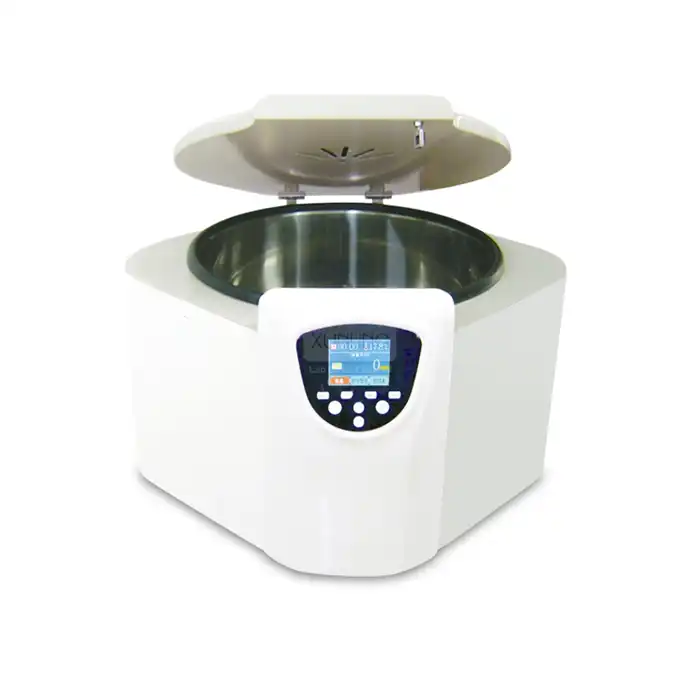
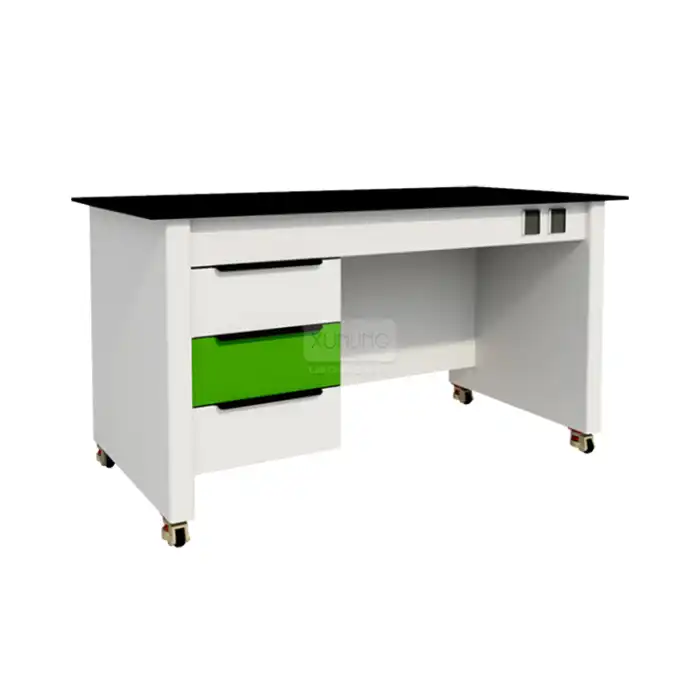
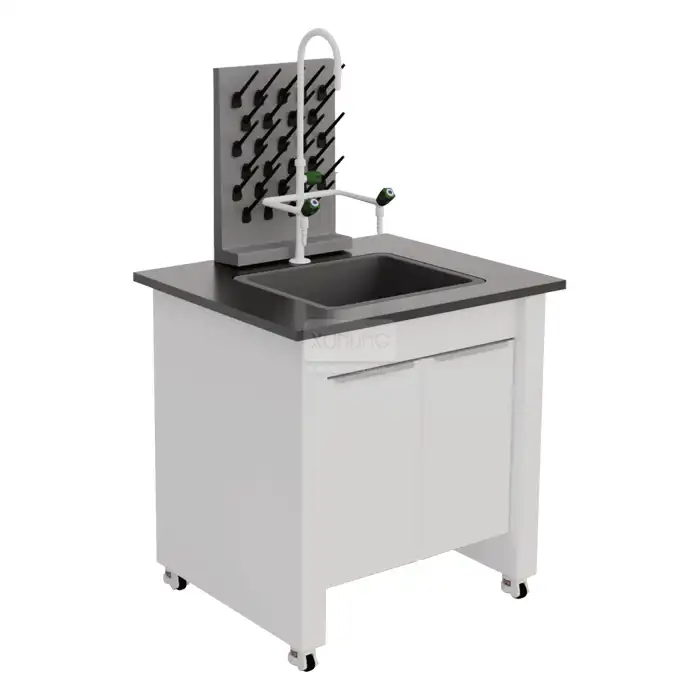
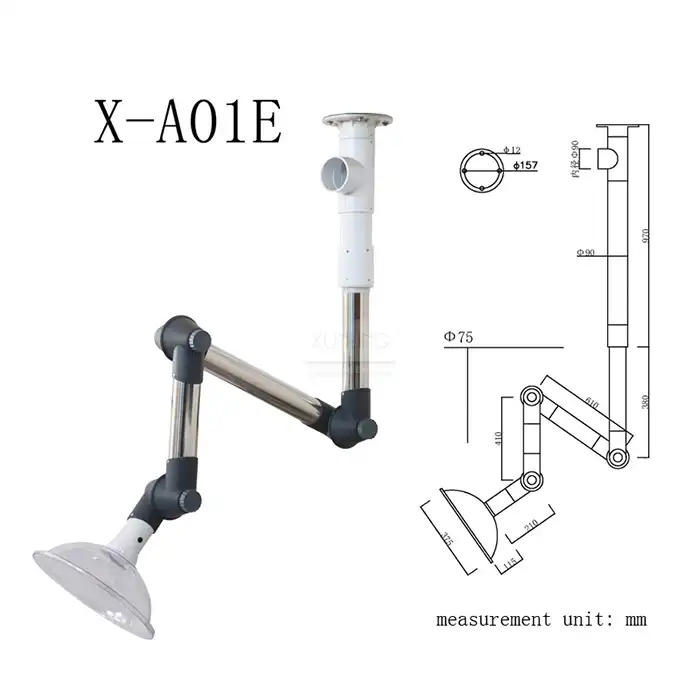
_1735469892197.webp)
